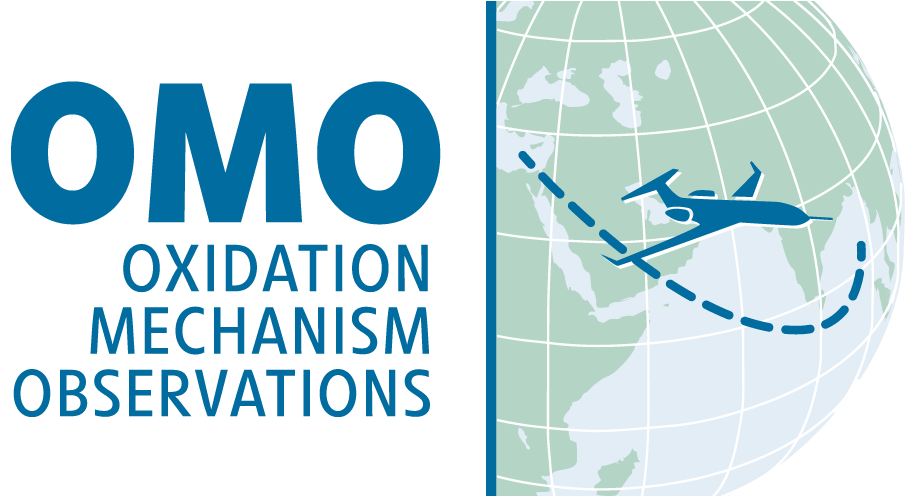OMO - Oxidation Mechanism Observations

Measurement campaign with the German High Altitude – Long-range research aircraft (HALO)
The OMO field measurement campaign addresses the “self-cleaning capacity” of the atmosphere. It focuses on oxidation mechanisms and radical chemistry in the atmosphere in the outflow of the Asian summer monsoon, based on aircraft measurements. The chemical mechanisms control the self-cleaning capacity and convert natural and human-made pollutants into more soluble products that can be removed by rain. This is critical for air quality and climate change regionally and worldwide considering the rapidly growing pollution emissions, especially in Asia.
The measurements will take place over South Asia, the Indian Ocean, the Arabian peninsula, east Africa and the eastern Mediterranean region, from mid-July to mid- August 2015 to study the role of the monsoon in atmospheric oxidation processes, as the extensive rainfall removes soluble gases and aerosol particles, though with poorly known efficiency. The monsoon also influences atmospheric chemistry through transport processes because the deep convective clouds alter the vertical distribution of trace species, atmospheric radiation and humidity. The chemistry and deposition processes under monsoon conditions will be investigated to advance atmospheric chemistry and climate models, leading to improved air quality and climate change predictions.
The eight institutions of the research consortium belong to the Max Planck Society, the Helmholtz Association and universities that have a strong track record in airborne atmospheric chemistry research. The consortium has developed comprehensive, highly sensitive atmospheric chemistry instrumentation for the HALO aircraft to quantify oxidation pathways of natural and anthropogenic trace species and the formation of gaseous and particulate reaction products.
The intended flight patterns include tracks across the Indian Ocean, the Arabian Sea and the Bay of Bengal to study meridional concentration gradients and large-scale impacts of the monsoon. Vertical (stack) flights will be performed in regions of particular interest, so that a range of atmospheric conditions can be contrasted.


